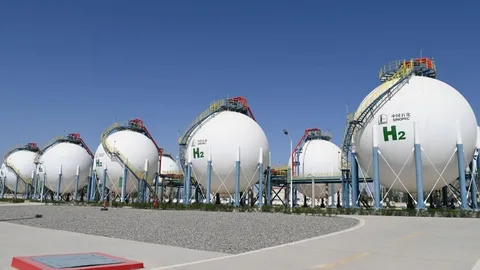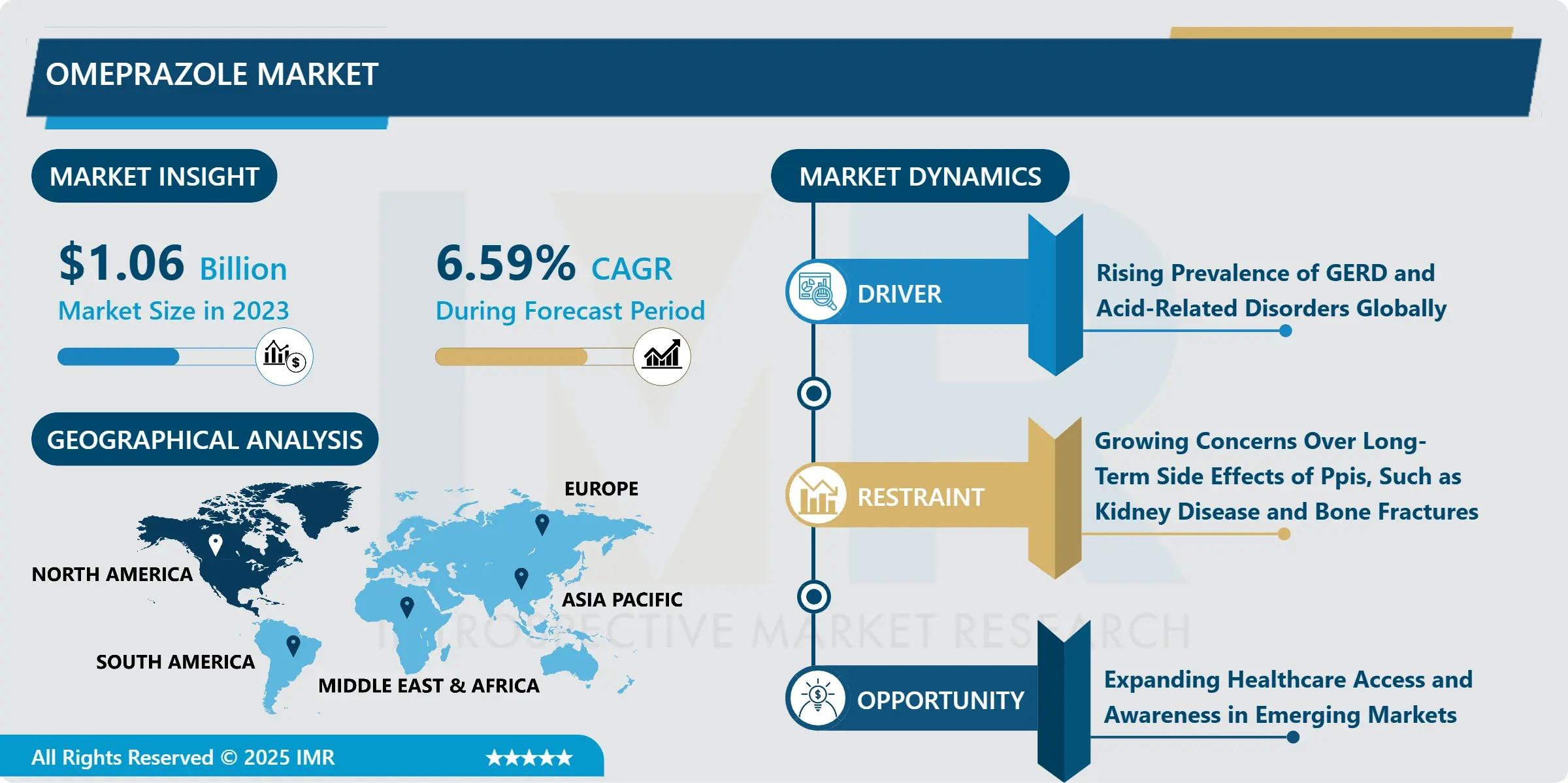Hydrogen Hubs: Powering the Next Era of Clean Energy

Introduction
The Hydrogen Hubs Market is emerging as a cornerstone of the global clean energy transition. Hydrogen hubs are integrated networks that connect hydrogen producers, consumers, and storage facilities through centralized infrastructure. These hubs play a vital role in scaling up the hydrogen economy by reducing transportation costs, optimizing production, and enabling efficient distribution for industrial, mobility, and power applications. As nations race toward net-zero emissions, hydrogen hubs are being developed across major regions such as North America, Europe, and Asia-Pacific, driven by strong government support, private investment, and technological innovation. With green hydrogen gaining momentum as a clean alternative to fossil fuels, the global hydrogen hubs market is poised for exponential growth in the coming decade.
Market Drivers
One of the primary drivers for the hydrogen hubs market is the global decarbonization agenda. Countries worldwide are setting ambitious carbon neutrality goals, and hydrogen—particularly green hydrogen produced from renewable energy sources—offers a scalable and sustainable pathway to decarbonize heavy industries, transport, and energy systems.
Governments are offering incentives, subsidies, and funding programs to accelerate hydrogen infrastructure development. The U.S. Department of Energy’s Hydrogen Hubs Initiative, part of the Infrastructure Investment and Jobs Act, aims to create multiple regional clean hydrogen hubs across the United States. Similarly, the European Hydrogen Backbone Initiative envisions a transnational hydrogen pipeline network connecting production and consumption centers across Europe.
Technological advancements in electrolysis, storage, and compression systems are reducing hydrogen production costs and improving efficiency. The integration of renewable energy—such as wind and solar—with electrolysis is enabling large-scale production of green hydrogen, while advancements in fuel cell technology are expanding its end-use potential across various sectors.
Market Challenges
Despite its promise, the hydrogen hubs market faces several challenges that could slow its widespread adoption. The foremost challenge is high capital expenditure. Building hydrogen hubs requires significant investments in production plants, storage facilities, pipelines, and distribution systems. Additionally, the cost of green hydrogen remains higher than traditional fossil-based hydrogen due to expensive electrolyzers and renewable energy input costs.
Infrastructure readiness is another major hurdle. Many regions lack the necessary hydrogen transportation networks, refueling stations, and storage capacities. Establishing this infrastructure requires coordinated policy frameworks and public-private partnerships. Moreover, hydrogen’s low energy density presents storage and transportation difficulties, necessitating the use of advanced technologies such as liquid hydrogen tanks or ammonia conversion.
Regulatory fragmentation and safety concerns also pose obstacles. Variations in hydrogen handling standards, pipeline regulations, and certification systems between countries complicate international trade and investment. Addressing these issues will be crucial for scaling up global hydrogen hub networks.
Market Opportunities
The hydrogen hubs market offers immense growth potential through strategic integration with industrial ecosystems. Hydrogen can decarbonize hard-to-abate sectors such as steel, cement, and chemicals, where electrification alone is insufficient. By establishing localized production and consumption networks, hubs can ensure stable supply chains and reduce carbon footprints across industries.
The development of hydrogen-powered mobility—including fuel cell electric vehicles (FCEVs), buses, trains, and ships—represents another major opportunity. Countries like Japan, Germany, and South Korea are already leading in the deployment of hydrogen refueling infrastructure. Additionally, the emergence of ammonia-based hydrogen transport offers new avenues for long-distance energy trade.
Integrating hydrogen hubs with renewable power plants—such as offshore wind farms or solar parks—can create self-sustaining clean energy ecosystems. Moreover, the increasing interest in blue hydrogen, which combines natural gas reforming with carbon capture and storage (CCS), provides a transitional opportunity while green hydrogen scales up.
Regional Insights
North America is taking bold steps to establish itself as a global hydrogen leader. The U.S. government’s $7 billion investment in regional hydrogen hubs aims to produce millions of tons of clean hydrogen annually, fostering job creation and emission reduction. Canada is also advancing hydrogen infrastructure, particularly in Alberta and British Columbia, leveraging its renewable and natural gas resources.
Europe remains at the forefront of hydrogen development, with initiatives such as the European Green Deal and REPowerEU Plan accelerating the establishment of hydrogen hubs across the continent. Germany, the Netherlands, and France are investing heavily in electrolyzer capacity and cross-border hydrogen transport corridors.
Asia-Pacific is rapidly catching up, with countries like Japan, South Korea, and Australia focusing on large-scale hydrogen production and export projects. Australia’s renewable-rich environment makes it a potential global supplier of green hydrogen to Asian markets. Meanwhile, China continues to expand its hydrogen production capacity as part of its long-term carbon neutrality goals.
Future Outlook
The Hydrogen Hubs Market is projected to grow at a CAGR exceeding 15% between 2025 and 2035, driven by increasing government funding, private investment, and technological progress. The integration of AI-driven monitoring, digital twin modeling, and advanced data analytics will improve the efficiency, safety, and scalability of hydrogen hub operations.
As global demand for clean fuels intensifies, green hydrogen production costs are expected to fall by over 50% by 2030, making it competitive with gray and blue hydrogen. The commercialization of next-generation electrolyzers and advancements in hydrogen liquefaction and transport technologies will further enhance market growth.
International cooperation on hydrogen certification, safety standards, and carbon accounting will facilitate cross-border trade and unlock new investment opportunities. By 2040, interconnected hydrogen hubs are expected to form a global clean energy network supporting industrial decarbonization and energy security.
Conclusion
The Hydrogen Hubs Market represents a transformative force in the global energy landscape, bridging the gap between renewable power generation and end-use applications. Despite high costs and infrastructure challenges, the momentum behind hydrogen development continues to build. Supported by robust policies, technological innovation, and public-private collaboration, hydrogen hubs are set to become central pillars of the clean energy ecosystem. As the world transitions toward a zero-carbon future, hydrogen hubs will enable sustainable industrial growth, energy independence, and climate resilience.



